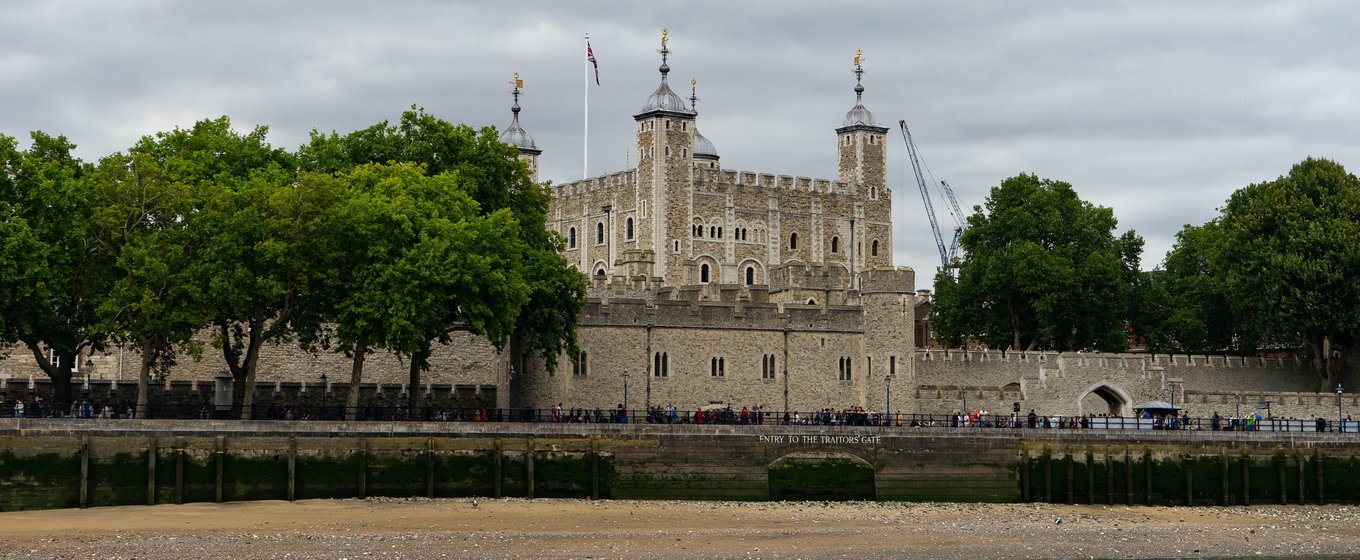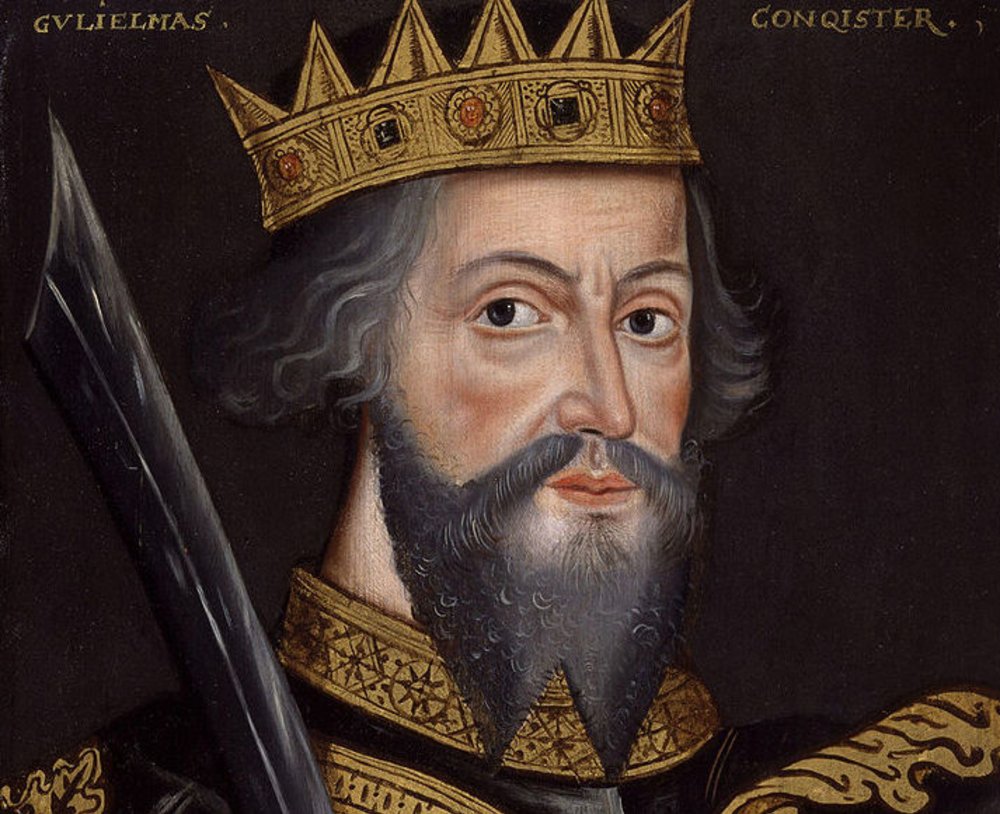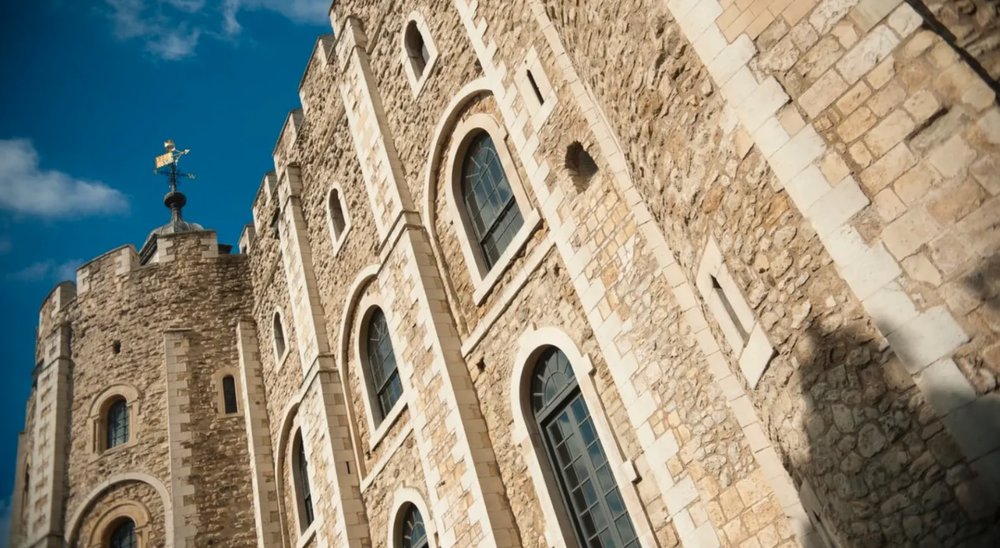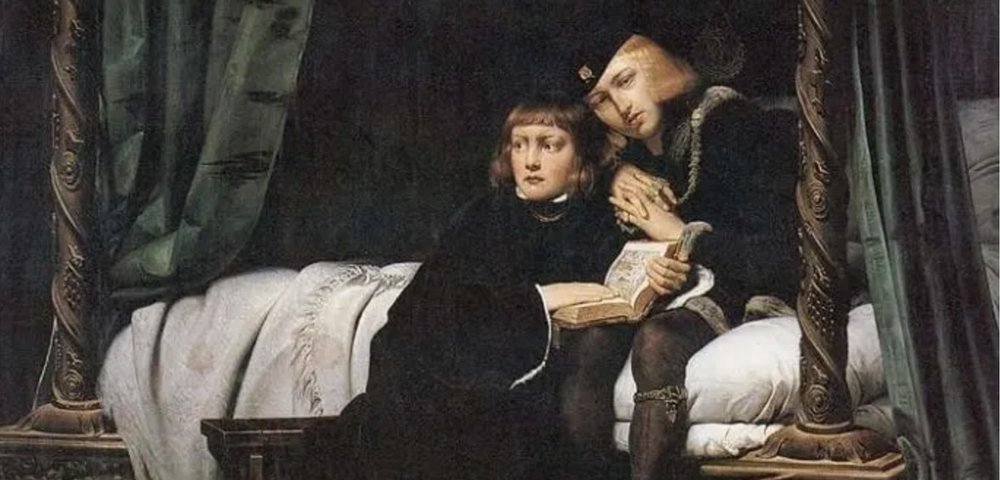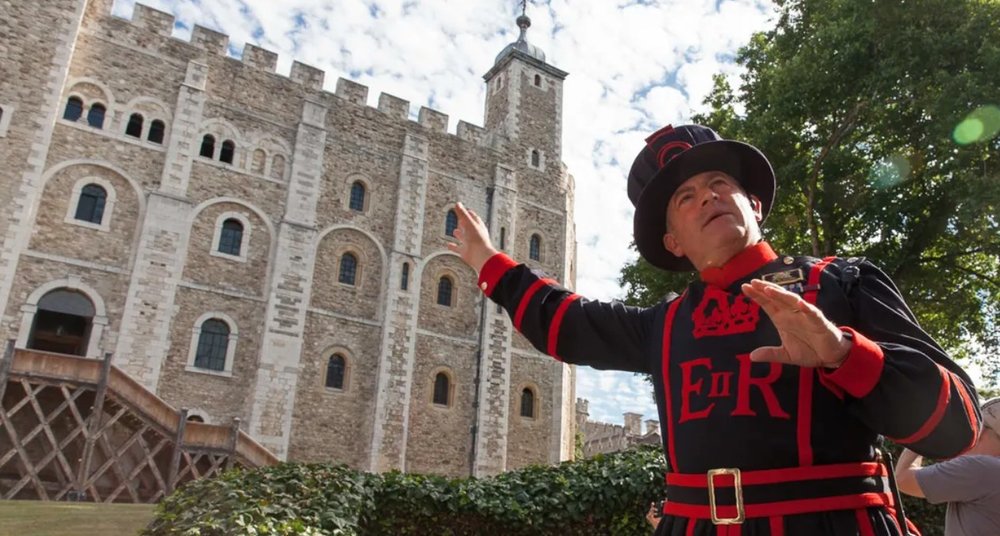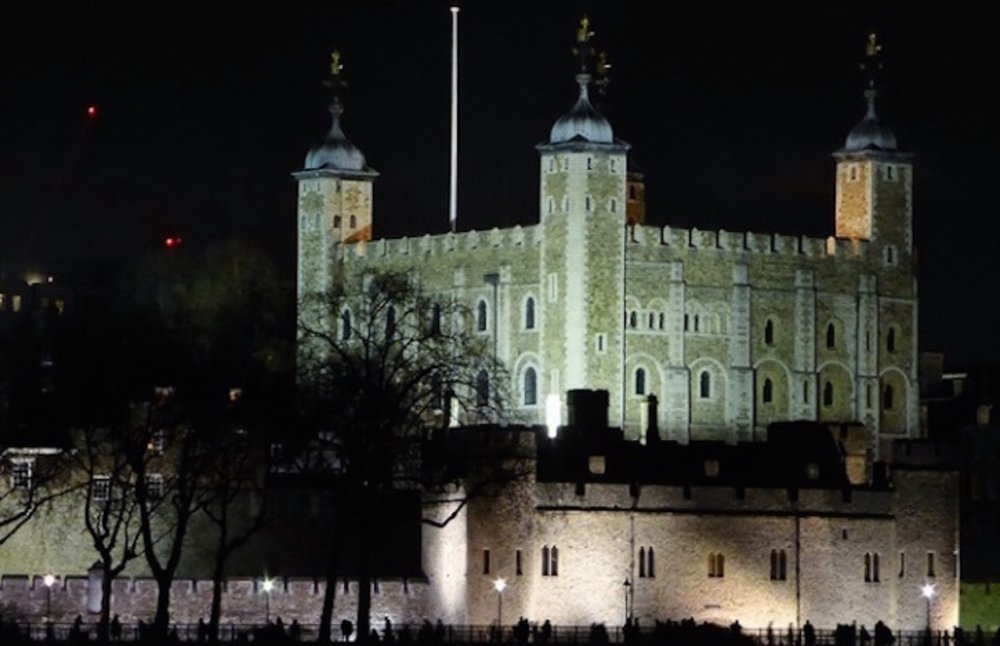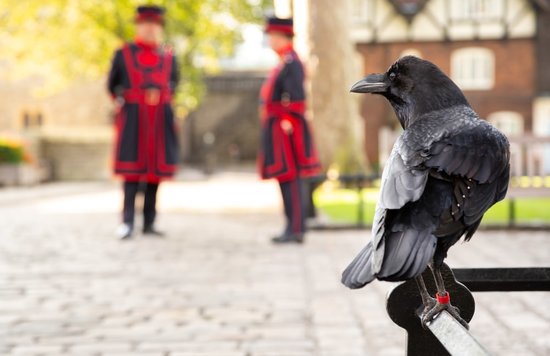Everyone has heard of the Tower of London, but do you know the history behind it? I’m sure you’ve heard the stories and know that it stores the crown jewels, that Beefeaters live there, that people lose their heads…but what about the facts you don’t know?
Klook is here to help you sort the fact from fiction and learn about the long history of one of London's most historic landmarks.
Let’s start at the beginning
In the 1070’s William the Conqueror built a mighty stone tower at the centre of his London fortress shortly after his historical victory at the battle of Hastings; he was nervous of rebellion and intended on building a mighty castle to not only dominate the skyline, but also the hearts and minds of the defeated Londoners. The Tower took around 20 years to build with the help of masons from Normandy, bringing with them stone from Caen. Most of the actual labour was provided by Englishmen.
Did they need Planning Permission?
To keep up with the ever changing world, the tower has gone through many changes to defend and control the nation. Henry III (1216-72) and Edward I (1272-1307) expanded William’s fortress, adding huge defensive walls with a series of smaller towers, and enlarging the moat. In 1240, Henry III had the tower’s great keep painted white, making it the ‘White Tower’ we know it as still today.
All of these upgrades had created England’s largest concentric castle, making it the might of the medieval period.
Who wants to learn about Regicide?
The Tower of London has also been the infamous setting for stories of royal tragedy and death.
During the War of the Roses, Henry VI was supposedly murdered while at prayer in the King’s Private Chapel in Wakefield Tower in 1471 and, later, the two young children of his great rival Edward IV vanished within its walls in 1483. The skeletons
Although long since vanished, there was once a splendid royal palace to the south of the White Tower. Henry VIII modernised the rooms inside in preparation for the coronation of his new bride, Anne Boleyn, in 1533. She and the King feasted here in splendour the night before Anne processed in triumph through the City of London to Westminster Abbey.
Three years later Anne was back at the Tower, this time accused of adultery and treason. She was held in the same luxurious lodgings she stayed in before her wedding night, before being executed by sword on Tower Green.
You got Beef…..eaters.
The famous Yeoman Warders were the personal guard of Henry VII (1507-47), nicknamed the ‘Beefeaters', as they were permitted to eat as much beef as they wanted from the King's table. Recognised as symbols of the Tower all over the world, the Beefeaters have been here for centuries.
The Chapel Royal of St Peter ad Vincula
The Chapel is perhaps best known as being the burial place of some of the most famous Tower prisoners. This includes three queens of England: Anne Boleyn, Catherine Howard, and Lady Jane Grey, all of whom were executed within the Tower in the 16th century.
Henry VIII's wives Anne and Catherine were accused of adultery and treason, while Lady Jane Grey was an unfortunate pawn in a plot to replace Mary I and was executed for high treason in 1554, aged only 17.
In 1876, when the Chapel was restored, the remains unearthed in the chancel, including those of Anne Boleyn, were reburied beneath a marble pavement, inscribed with their names and coats of arms.
Legends and Ghosts
The Tower has been a visitor attraction since the 18th century, but numbers of tourists increased dramatically in the 1800s. Victorian visitors were fascinated by the stories of England’s turbulent and sometimes gruesome history.
Stories of ghosts haunt the Tower, and even Anne Boleyn is said to have stayed behind to stalk the site of her execution on Tower Green.
Arbella Stuart, the cousin of Elizabeth I who starved while under arrest for marrying without royal permission, is said to frequent the Queen’s House still.
Two smaller ghosts are thought to be the ‘princes in the Tower’, and the Yeomen Warders even tell a chilling tale of a huge bear who occasionally appears to frighten visitors to death.
There is so much more to learn about the often bloody history of the Tower of London, we could even write a whole blog post just about the Tower Ravens…oh wait, we already did!
Book yourself a ticket to the Tower of London with Klook for the best prices, and explore the historical setting for yourself (we suggest getting the queue jumps).

